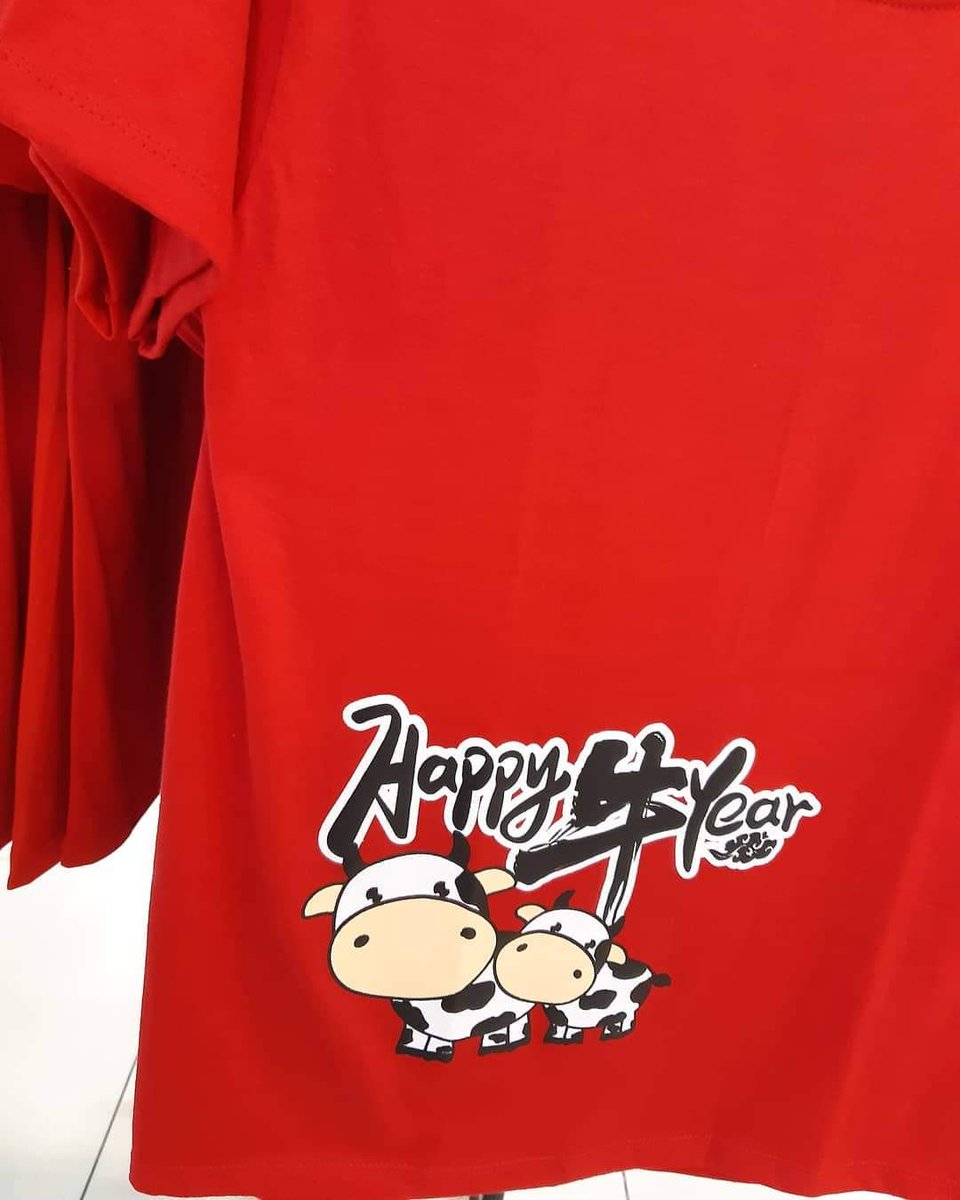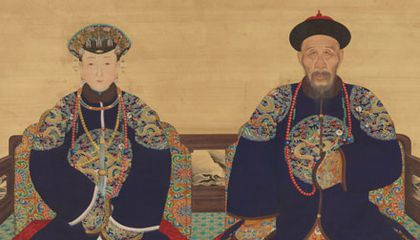
To start the lunar new year, let's take a look at this particular bovine's role in Malay culture. Now just to clarify, whether you translate 牛 as cow, bull or ox, it's the same thing
Bull = male
Cow = female
Cattle = species
Ox/bullock = draft cattle, usually a castrated bull
Bull = male
Cow = female
Cattle = species
Ox/bullock = draft cattle, usually a castrated bull

Cattle, along with other livestock, were traditionally given as gifts to newly married couples. Bulls were made to fight during festivals. The fights weren't to the death, and ended when one animal retreats 

Cattle had a religious significance for pre-Islamic Malays, as the bull Nandi was the mount (wahana) of Betara Guru, the local title of Shiva 

As recently as the colonial era, Malays generally didn't eat beef. This may have been a result of Hindu-Buddhist influence as in Thailand, but considering that Hindu Javanese consumed beef, it's unlikely to have been completely prohibited, and might've been a cost issue
I was surprised to find how many Malay-speakers think the word sapi means ghee, but it's actually a specific type of cattle. Ghee is called minyak sapi, literally meaning "sapi oil" 

And now you should understand the saying "lembu punya susu, sapi dapat nama", which means getting credit for something that someone else did. Cattle feature in a few Malay proverbs, but I won't get into them here
prpm.dbp.gov.my/cari1?keyword=…
prpm.dbp.gov.my/cari1?keyword=…
Both the lembu and sapi appear separately in Malay astrology and divination. The terms have been translated as "cow and ox" or "dairy cow and draught cow". The cow represents an odd number and is therefore an auspicious animal 

Southeast Asian geomancy borrows the compass arrangement of South Asian vastu shastra and shilpa shastra text wherein the eight directions are represented by animals, sometimes including other symbols like the tree, flag or smoke 

Animals opposite from each other are antagonistic, though they're often so stylised in manuscripts that they can be hard to recognise. The enemy of the bull is the tiger, which coincidentally happens to be next year's zodiac animal 

And finally, here's your yearly reminder that the Chinese zodiac existed in Malay culture as well. Happy new year everyone
https://twitter.com/uglyluhan/status/1090874937198268416?s=19
• • •
Missing some Tweet in this thread? You can try to
force a refresh









